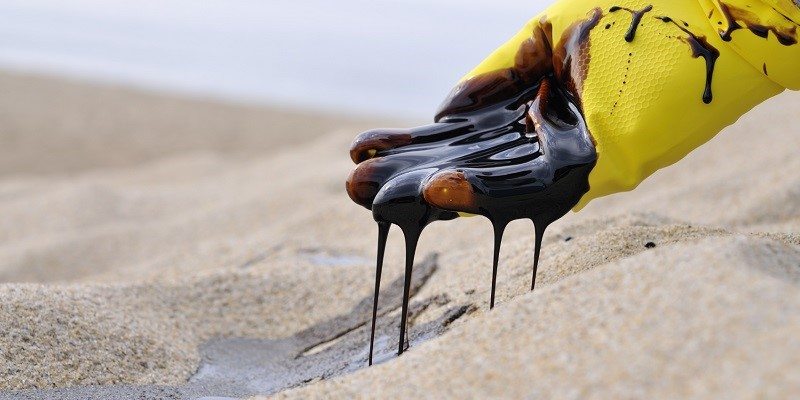A little over five years ago a mobile offshore drilling unit was continuing its daily routine of drilling for oil in the Gulf of Mexico. The floating structure was 396 feet long and 256 wicde; it could drill in waters as deep as 30,000 feet. The structure itself was owned by Transocean and drilling for British Petroleum. There were 126 crewmembers on board the platform. On April 20th at 9:56 p.m. the Deepwater Horizon caught fire. A bubble of methane gas quickly created a massive explosion and the platform was engulfed in flames. The Deepwater Horizon remained ablaze for just over one day and was completely underwater by April 22. Eleven crewmembers lost their lives that day. For 87 days crude oil spilled into the Gulf of Mexico making it one of the largest environmental disasters in United States’ history. Once the oil reached U.S. soil it became what one physician would describe as “the biggest public health crisis from a chemical poisoning in the history of this country.”
Health Consequences
The photographs dispersed through the media following the spill showed the obvious effects of the crude oil spill. They demonstrated the ducks and other animals covered in thick, black oil and struggling to move. They showed plants and foliage drooping from the weight of the mess and wilting from lack of air. What the photos could not aptly demonstrate was the future of those workers who were depicted cleaning up the disaster sites. The photos did not portray the future constant headaches or kidney damage the rescue workers would suffer. The pictures could not quite capture the altered renal function and irritation of the digestive tract that would soon affect many of the bodies belonging to the hands that cleaned the mess. Yet what the lens did not see, doctors across the country would begin to notice: rescue workers, through inhalation, ingestion, or skin and eye contact began to suffer physical distress from the oil spill.
A Matter of Jurisdiction
During the last week in April victims of the oil spill received good news in the form of a federal court judge’s ruling. U.S. District Court Judge Carl J. Barbier ruled that members of the class action lawsuit involving the Deepwater Horizon explosion and oil spill could file their own lawsuits with, of course, some restrictions. Typically, once a court in a class action lawsuit certifies a class of people the provisions of the settlement apply to all class members. Here there was one major decision that applied to class members of the Deepwater Horizon class action lawsuit. Class counsel opted to bring this suit under admiralty jurisdiction. This resulted in a waiver of the plaintiff’s ability to try the case in front of a jury. The plaintiff requested to amend his complaint to bring the case under diversity jurisdiction; an avenue into federal court that exists where all plaintiffs are from a different U.S. state than all defendants and the requisite amount of damages are at stake. The judge ruled in favor of the plaintiffs, which may mean an influx of personal injury trial against BP.
At Napoli Law we strive to hold those who injure accountable to those who are injured. If you have suffered an injury from chemical exposure contact our New York personal injury attorneys and together we will make your voice heard.
